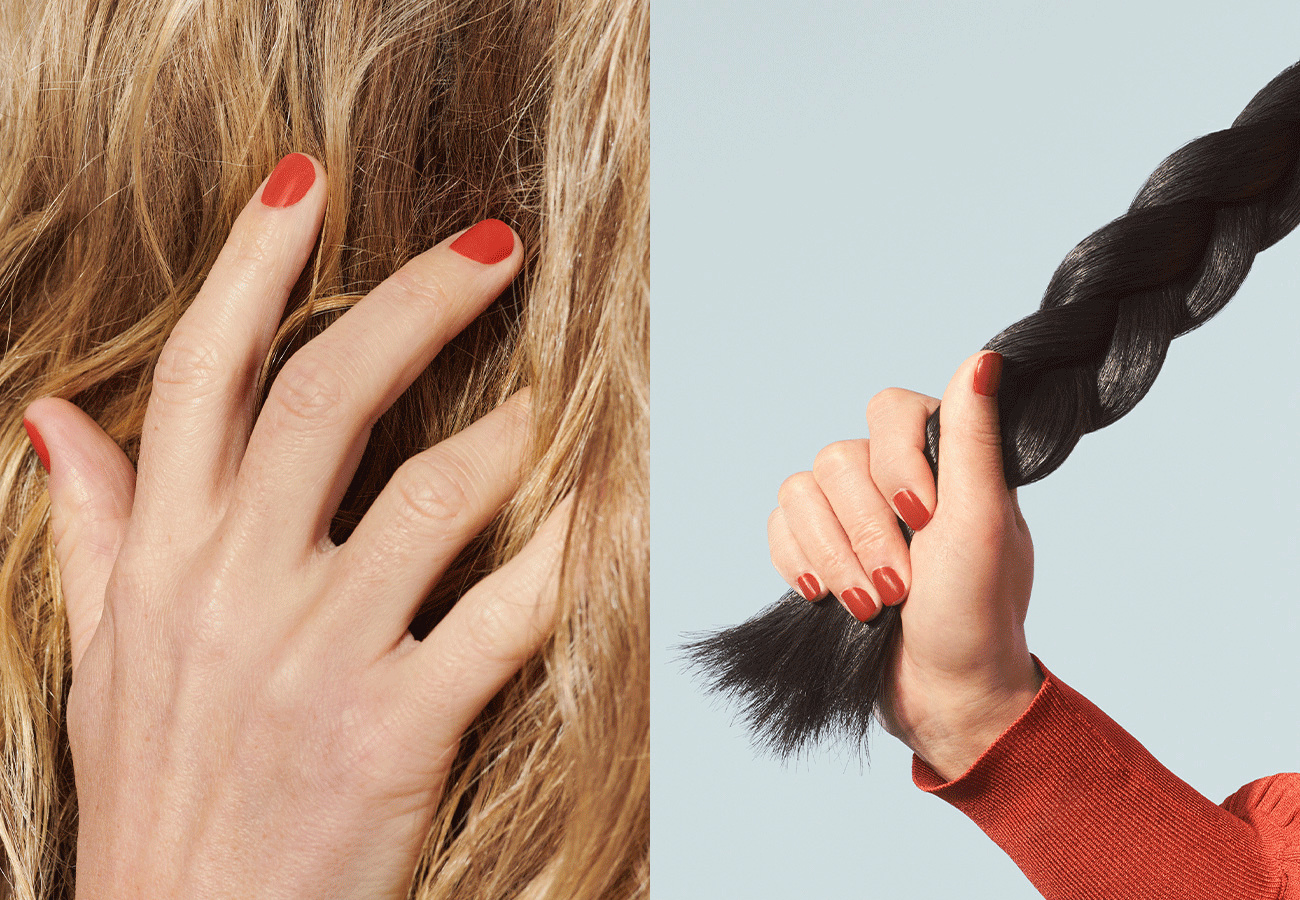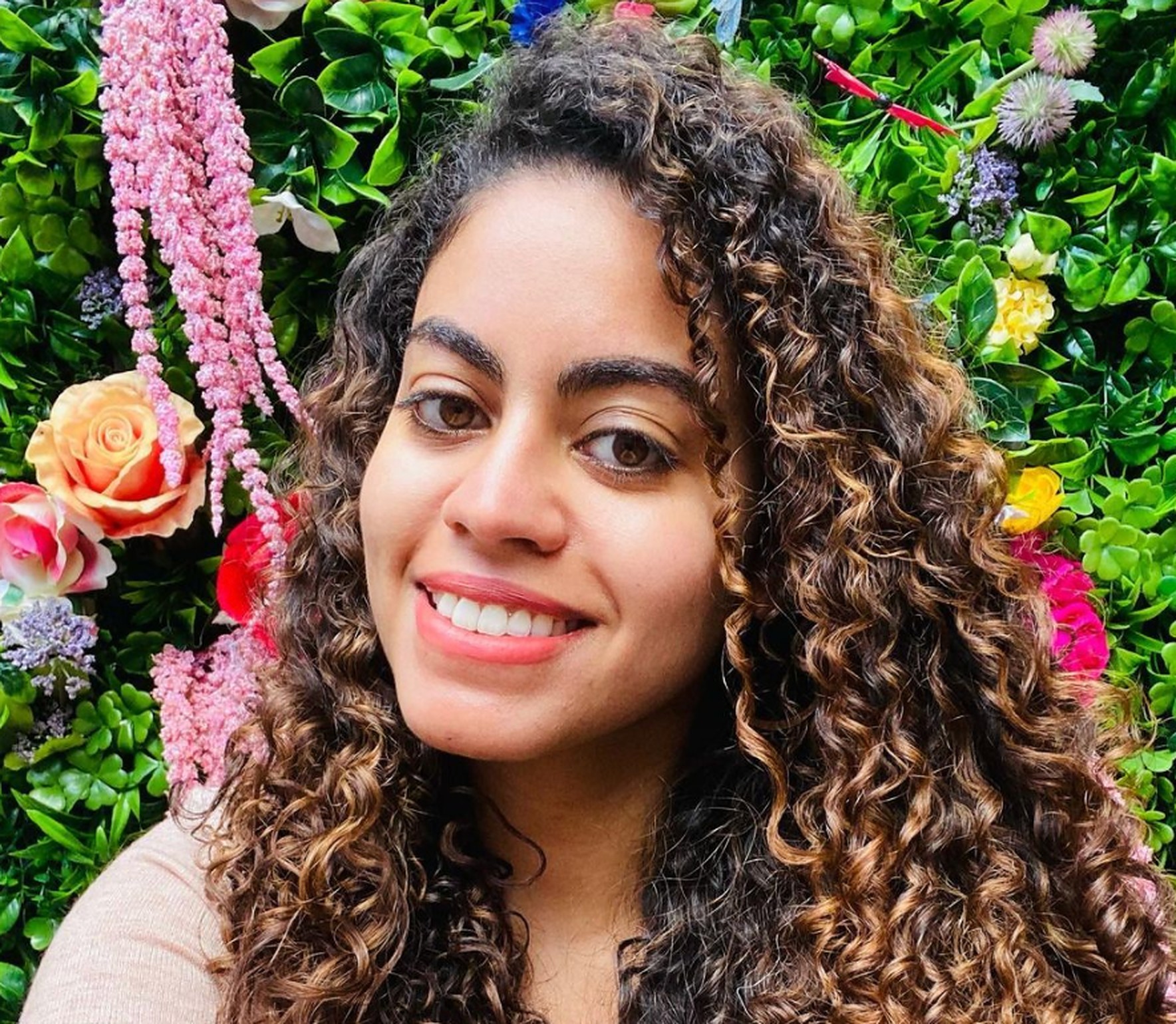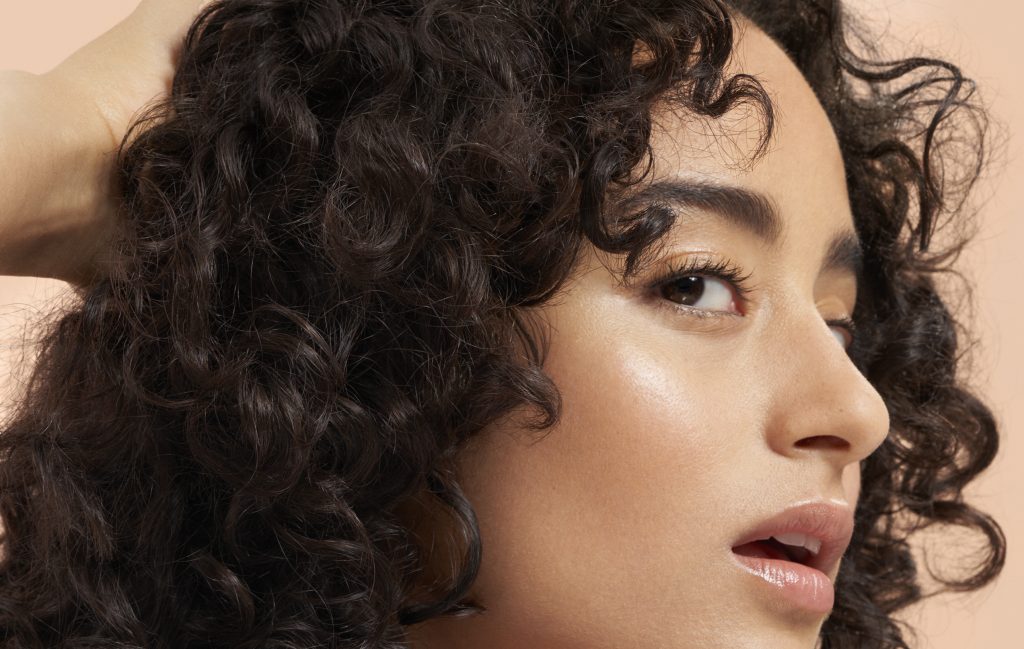For some people less familiar with obsessive-compulsive disorder, their sole reference point is one of many quirky 90s sitcom characters: Maybe they picture Friends’s Monica Geller, whose anal retentive behaviors and exceptional neatness are lampooned on and off throughout the show’s 10 seasons. Or maybe they think of Monk’s titular detective Adrian Monk, whose phobias and OCD intensify with the mysterious death of his wife and fuel his strange hand-washing habits. Regardless of which fictional character comes to mind, not much is known in the mainstream about the many different but related forms that OCD can take in real life. One of the least understood iterations of OCD is trichotillomania, also known as hair-pulling disorder, or simply “trich.” The American Psychological Association estimates that five to 10 million people in the United States have clinical trichotillomania characterized by “noticeable bald spots from pulling their hair.”
What is trichotillomania?
At its most simple, trichotillomania (and dermatillomania, a related skin-picking disorder) is a stress response brought on by triggers. The Mayo Clinic defines trichotillomania as “a mental disorder that involves recurrent, irresistible urges to pull out hair from your scalp, eyebrows, or other areas of your body, despite trying to stop.” The severity of the hair-pulling can range from mild and mostly unnoticeable for some people to more extreme bald spots and sores for others. On top of the physical discomfort, at its most drastic, trich can also lead to devastating social alienation, difficulty getting and keeping work, and loss of self-esteem.
From a young age, many people, especially women and those socialized as female, develop mostly negligible tics with their hair when they feel uncomfortable, bored, or stressed. It’s common to twirl strands around one’s fingers, frequently muss one’s locks, or pick at split ends. These acts alone aren’t signs of trich; but if twirling turns to pulling and pulling becomes a form of coping with stress and anxiety, it may be time to consult with a psychologist.
What triggers lead to trichotillomania?
“[Trichotillomania] typically starts in early adolescence as a way of dealing with tension, stress, or anxiety, whereby someone’s psychological concerns manifest into a physiological habit,” psychologist Dr. Rucha Lele told Body+Soul in July 2021. “It can also start as a result of a chemical imbalance in the brain, similar to obsessive-compulsive disorder.”
Dr. Lele continued, “A person’s emotional state is the main trigger for trichotillomania and feelings of worry, stress, anxiety, tension, or even boredom can be a trigger. Unfortunately, right now, everything that is going on in the world [like the Covid-19 pandemic] can be a trigger for someone, especially those that might be in lockdown.”
Indeed, the /trichotillomania subreddit, which was originally created in 2012 and now has 18.4k members, has experienced a spike in users since the start of the pandemic. Folks flock to the forum to discuss triggers and cover-up methods for bald spots and patches, celebrate no-pulling streaks or vent about relapses, and generally seek camaraderie from other “brave and beautiful people who also happen to pull their hair,” as per the group’s description.
How do you treat trichotillomania?
Some folks use the subreddit to vet and share treatment options too, including topical oils and salves, oral medications and antidepressants, and different forms of therapy. Cognitive Behavioral Therapy and Habit Reversal Training—two methods that emphasize mindful awareness of negative thoughts and undesirable behaviors—are cited as two of the most effective therapeutic interventions for treating trichotillomania.
For those who pull from their scalps, finding a hairstyle that feels good can be a challenging task. To cover bald spots or give thinning hair a bit of a bump, most hair stylists recommend going for messy bun looks, adding layers to the hair, or trying front bangs to cover areas near the hairline. Joyce Tran, a Toronto-based writer and trichotillomania advocate, wrote about her trich journey in April 2021. After pulling her hair out for over a decade—and after having tried everything from wearing her hair in buns for months, sampling a litany of different hats and bobby pins, and even coloring in her bald spots with eyeliner—she invested in semi-permanent micro-weft hair extensions secured to her natural hair with silicone-lined beads. She had the extensions for eight months, though she didn’t find that they helped her stop pulling. Still, others may find extensions or similar professional hair treatments make up for some of the confidence lost to pulling.
While figuring out what coping mechanism works best to either ease or stop the pulling altogether, how to grow back any hair loss may be top of mind, too. That’s when hair supplements come in. Prose’s Root Source hair supplements contain the essential nutrients to help counter the side effects of daily external aggressors such as UV rays and pollutants. Plus, the new hairs grow in equally as strong, with continued supplementation efforts. You can read more about Root Source hair supplements here*.
Whether it’s mild or severe, trichotillomania is a serious disorder that remains misunderstood by the masses. But as the trich community grows, and as more people find the courage to speak publicly about their hair loss, fewer and fewer people have to suffer in silence—and that is always something worth celebrating.
*These statements have not been evaluated by the Food and Drug Administration. This product is not intended to diagnose, treat, cure or prevent any disease.





